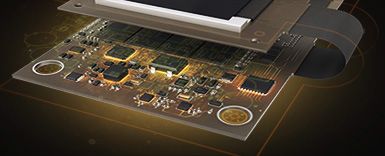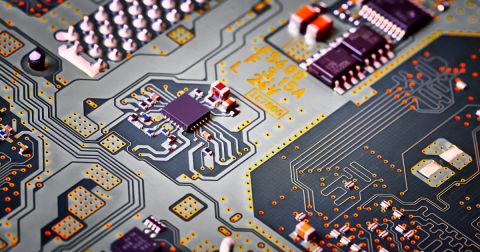Rigid-Flex PCB Design - A Fabricator’s Perspective
Do you have all the knowledge you need to design not just a proper rigid-flex PCB, but one that’s efficiently optimized for your manufacturing process? Learn how to avoid the 7 most common rigid-flex design mistakes from the manufacturing experts at Sierra Circuits!
As PCB designers, we commonly approach rigid-flex design from our limited perspectives, concerning ourselves with streamlining workflows, saving space on board layouts, and choosing the right copper materials for our flexible circuitry. But what happens when that board gets shipped off to your fabricator? Do you have all the knowledge you need to design not just a proper rigid-flex PCB, but one that’s efficiently optimized for a manufacturing process?
The Maturation of Rigid-Flex Technology
When we published our first guidebook on Rigid-Flex PCB Design, flexible circuit technology was still in its infancy. Since that time, we’ve seen a surge of interest in rigid-flex design, with wearables becoming a common thread in our daily existence. In 2015, this design methodology has reached its maturity, and offers several benefits to engineers, including:
- Saving space. Rigid-flex design breaks the traditional flat-planed model of PCB design, allowing an engineer to design for increasingly smaller enclosures with unique shapes and sizes.
- Reducing BOM costs. As designs become smaller and more flexible, the amount of components needed to complete a complex board layout diminishes.
- Creating reliable connections. Rigid-flex designs are built to last, and greater considerations are made for the longevity of connections to withstand vibrations and daily use.
Despite all of the strategies and benefits outlined in our guidebook, we still need the experience from a fabricator to understand how rigid-flex designs fit into the design for manufacturing ecosystem. To help us understand this process better, we sat down with one of the industry-leading rigid-flex fabricators, Sierra Circuits, to gain some insights.
Rigid-Flex from the Eyes of a Fabricator
The smallest of details that we take for granted as PCB designers have a huge impact when it’s time to manufacture our rigid-flex boards, from the type of cross-hatching used on your copper planes, to the size of your via pads and chosen adhesive materials. Here’s the 7 most common mistakes Sierra Circuits sees designers making in their rigid-flex design process:
The 7 Most Common Rigid-Flex Design Mistakes
- Applying rigid-board design rules to rigid-flex and flexible PCBs.
- Inaccurate via pad size for drills.
- Designing plated through holes too close to the transition from rigid to flexible circuitry.
- Too much copper on flexible layers.
- Non-cross hatched copper layers.
- Incorrect adhesive amounts in your layer stackup.
- Undefined bend radius in your manufacturing documentation.
How to Never Make These 7 Mistakes Again
Want a surefire way to never make these mistakes again in your next rigid-flex design? Altium and Sierra Circuits have teamed up to offer an exclusive webinar covering how to design a low-cost and fabrication-ready rigid-flex PCB.
Register now and learn how to:
- Design the most cost-efficient rigid-flex layer stackup.
- Avoid wasting money and time on paper doll prototyping.
- Save money on materials selections for adhesives and copper layers.











 Back
Back